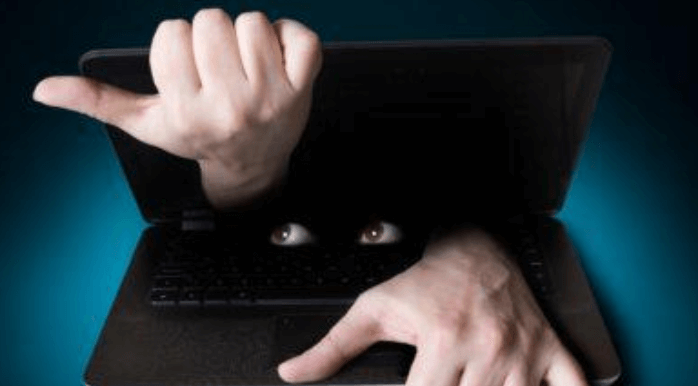
If you’re a system administrator, then keeping an eye on your employees’ email and PC usage is a fairly common task, allowing you to monitor productivity, as well as ensure no dangerous files enter your network. The same applies to parents and teachers, too, who might wish to keep an eye on a child’s PC usage for their safety.
Unfortunately, there are times where monitoring software isn’t welcomed or appreciated. Hackers, snoopers, or overreaching IT admins can all push the boundaries too far. If you’re worried about your privacy, you can learn to detect computer and email monitoring or spying software by following these steps.
Monitoring at Home, School, or Work
Before you begin to look at how to detect certain types of computer and email monitoring, you may need to determine your rights. As an employee, your rights to unfiltered access to the web, email, or general PC usage could be much lower, although that doesn’t mean that there aren’t boundaries that can’t be crossed.
You may not own the equipment, and depending on your contract, your employer or school may hold the right to log any data on your PC usage. While there are ways to monitor this, you might not be able to stop or work around it. The same applies in an educational setting, where strict controls on PC and web usage are likely.
The Internet Patrol is completely free, and reader-supported. Your tips via CashApp, Venmo, or Paypal are appreciated! Receipts will come from ISIPP.
It’s a different scenario entirely for a personal PC on a home network, however. Your PC, your rules – unless it isn’t your equipment. Parents, for instance, may place monitoring software to keep their children safe, but so too may abusive partners, or malicious hackers thousands of miles away.
Whether it’s at home, school, or at the office, there are a number of ways you can check for the typical kind of computer or email monitoring that can take place.
If you want to check for email monitoring, consider first whether you’re using a personal, corporate, or educational email account. For corporate or educational accounts, a system administrator likely has the power to access your emails at any point, with all emails routed through a secure server that they may also control.
If that’s the case, you should always assume that your emails are monitored in some way. It might be actively monitored, where each email is checked and logged, or the monitoring could be less specific, with information on when you send and receive emails (as well as the recipients or senders) logged separately.
Even with less active monitoring, an administrator over a corporate or educational email account can still reset your password to access your emails at any point.
A more typical method of digital monitoring is through software installed on your PC, tracking your web activity, the software you use, and even your microphone, webcam, and keyboard usage. Almost everything you do on your PC is loggable with the right software.
Looking for the signs that you’re being monitored, however, can be a little harder. There isn’t always a handy icon in the Windows taskbar to look for, so you’ll need to dig a little deeper.
One way to do this is to use the built-in Resource Monitor. This little-known Windows app allows you to view any active communications, both ingoing and outgoing, from your PC. It’s also an app that often remains available on corporate and educational PCs.
To open Resource Monitor, right-click the Start menu and select Run.
In the Run box, type resmon and select OK.
Select the Network tab in the Resource Monitor window. From here, you’ll see a list of active connections. In the Processes with Network Activity box, you’ll see processes that are sending and receiving data, either locally or to internet-based services.
In the Network Activity box, you’ll see these processes listed again, but with the active connections (with IP addresses) listed. If you want to know the ports being used to make the connections, or open ports on your PC that processes are actively listening on for connections, view the TCP Connections and Listening Ports boxes.
The Internet Patrol is completely free, and reader-supported. Your tips via CashApp, Venmo, or Paypal are appreciated! Receipts will come from ISIPP.









